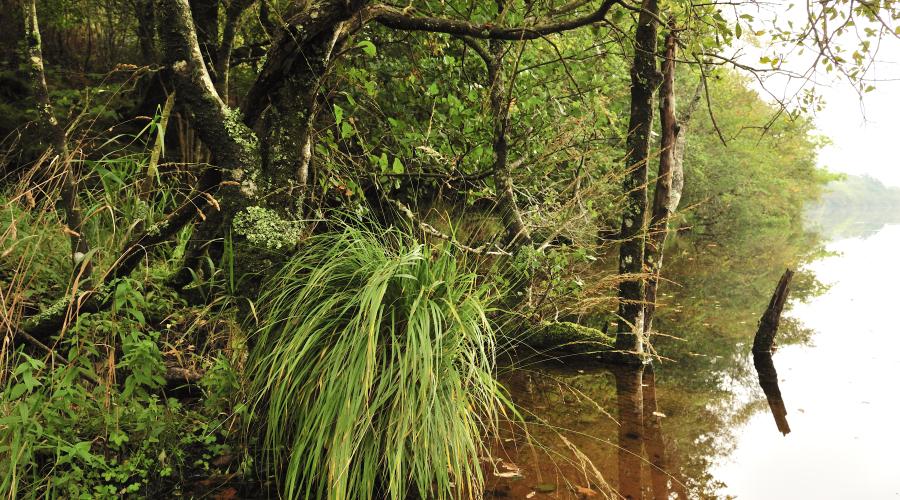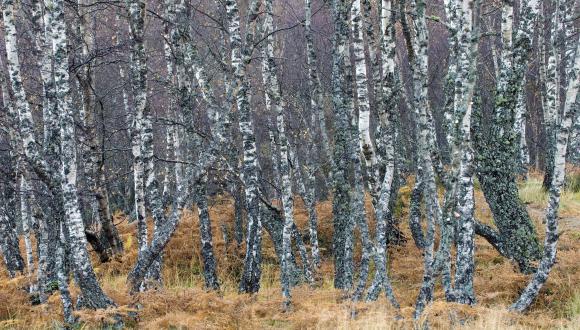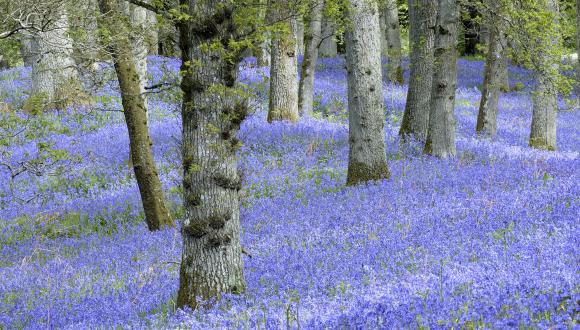
Wet woods
Some of our wildest woodland areas are wet woods. Widespread across Scotland, they’re associated with wetlands, rivers and lochs.
Alder, birch and willow are usually the main tree species present, but many other trees and plants can be found.
As wet woods can be hard to access, they’re often unmanaged and probably represent some of our most ‘natural’ native woods, with a really ‘wild’ feel about them.
Wet woodland occurs on poorly drained or seasonally wet ground on a range of soil types, from nutrient-rich mineral to acid, nutrient-poor organic soils.
By their nature, they occur mainly as:
- small woods or localised patches in larger woods on floodplains
- successional habitat on fens, mires and bogs, along streams and hillside flushes, and in peaty hollows
Wet woodland is included on the Scottish Biodiversity List.
Two specific types are also protected under the European Habitats Directive. Find out about alluvial forests and bog woodland on the Joint Nature Conservation Committee website.
Other flora and fauna
Wet woodland combines elements of many other ecosystems, so is an important habitat for many taxa.
The high humidity favours growth of mosses and liverworts (bryophytes). And a large number of invertebrates are associated with the tree species found here.
Dead wood within this woodland type can be frequent, and its association with water provides specialised habitats not found in dry woodland types. For example, the fly Lipsothrix nigristigma is associated with log jams in streams.
Otters often find cover and make breeding sites in wet woodland.
Explore Scotland’s wet woods
To see wet woodland for yourself, visit:
- Gordon Moss – a Scottish Wildlife Trust reserve
- Loch Lomond National Nature Reserve – Endrick Mouth and Islands Site of Special Scientific Interest features vast wet woodland and fen
- the Speyside Way – from this route you can see the wet wood that has developed on shifting islands in the River Spey





